Principles of Economics 9th Edition
Principles of Economics Ninth Edition:
Additional ISBNs:
∗ eText ISBN: 0357133803, 978-0357133804, 9780357133804
- See additional information on the Amazon.
More Details
Principles of Economics 9th Edition:
Cover
About the Author
Preface: To the Instructor
Brief Contents
Contents
Preface: To the Student
Part I: Introduction
Chapter 1: Ten Principles of Economics
1-1 How People Make Decisions
1-2 How People Interact
1-3 How the Economy as a Whole Works
1-4 Conclusion
Chapter in a Nutshell
Key Concepts
Questions for Review
Problems and Applications
QuickQuiz Answers
Chapter 2: Thinking Like an Economist
2-1 The Economist as Scientist
2-2 The Economist as Policy Adviser
2-3 Why Economists Disagree
2-4 Let’s Get Going
Chapter in a Nutshell
Key Concepts
Questions for Review
Problems and Applications
QuickQuiz Answers
Appendix: Graphing: A Brief Review
Chapter 3: Interdependence and the Gains from Trade
3-1 A Parable for the Modern Economy
3-2 Comparative Advantage: The Driving Force of Specialization
3-3 Applications of Comparative Advantage
3-4 Conclusion
Chapter in a Nutshell
Key Concepts
Questions for Review
Problems and Applications
QuickQuiz Answers
Part II: How Markets Work
Chapter 4: The Market Forces of Supply and Demand
4-1 Markets and Competition
4-2 Demand
4-3 Supply
4-4 Supply and Demand Together
4-5 Conclusion: How Prices Allocate Resources
Chapter in a Nutshell
Key Concepts
Questions for Review
Problems and Applications
QuickQuiz Answers
Chapter 5: Elasticity and Its Application
5-1 The Elasticity of Demand
5-2 The Elasticity of Supply
5-3 Three Applications of Supply, Demand, and Elasticity
5-4 Conclusion
Chapter in a Nutshell
Key Concepts
Questions for Review
Problems and Applications
QuickQuiz Answers
Chapter 6: Supply, Demand, and Government Policies
6-1 Controls on Prices
6-2 Taxes
6-3 Conclusion
Chapter in a Nutshell
Key Concepts
Questions for Review
Problems and Applications
QuickQuiz Answers
Part III: Markets and Welfare
Chapter 7: Consumers, Producers, and the Efficiency of Markets
7-1 Consumer Surplus
7-2 Producer Surplus
7-3 Market Efficiency
7-4 Conclusion: Market Efficiency and Market Failure
Chapter in a Nutshell
Key Concepts
Questions for Review
Problems and Applications
QuickQuiz Answers
Chapter 8: Application: The Costs of Taxation
8-1 The Deadweight Loss of Taxation
8-2 The Determinants of the Deadweight Loss
8-3 Deadweight Loss and Tax Revenue as Taxes Vary
8-4 Conclusion
Chapter in a Nutshell
Key Concept
Questions for Review
Problems and Applications
QuickQuiz Answers
Chapter 9: Application: International Trade
9-1 The Determinants of Trade
9-2 The Winners and Losers from Trade
9-3 The Arguments for Restricting Trade
9-4 Conclusion
Chapter in a Nutshell
Key Concepts
Questions for Review
Problems and Applications
QuickQuiz Answers
Part IV: The Economics of the Public Sector
Chapter 10: Externalities
10-1 Externalities and Market Inefficiency
10-2 Public Policies toward Externalities
10-3 Private Solutions to Externalities
10-4 Conclusion
Chapter in a Nutshell
Key Concepts
Questions for Review
Problems and Applications
QuickQuiz Answers
Chapter 11: Public Goods and Common Resources
11-1 The Different Kinds of Goods
11-2 Public Goods
11-3 Common Resources
11-4 Conclusion: The Importance of Property Rights
Chapter in a Nutshell
Key Concepts
Questions for Review
Problems and Applications
QuickQuiz Answers
Chapter 12: The Design of the Tax System
12-1 An Overview of U.S. Taxation
12-2 Taxes and Efficiency
12-3 Taxes and Equity
12-4 Conclusion: The Trade-Off between Equity and Efficiency
Chapter in a Nutshell
Key Concepts
Questions for Review
Problems and Applications
QuickQuiz Answers
Part V: Firm Behavior and the Organization of Industry
Chapter 13: The Costs of Production
13-1 What Are Costs?
13-2 Production and Costs
13-3 The Various Measures of Cost
13-4 Costs in the Short Run and in the Long Run
13-5 Conclusion
Chapter in a Nutshell
Key Concepts
Questions for Review
Problems and Applications
QuickQuiz Answers
Chapter 14: Firms in Competitive Markets
14-1 What Is a Competitive Market?
14-2 Profit Maximization and the Competitive Firm’s Supply Curve
14-3 The Supply Curve in a Competitive Market
14-4 Conclusion: Behind the Supply Curve
Chapter in a Nutshell
Key Concepts
Questions for Review
Problems and Applications
QuickQuiz Answers
Chapter 15: Monopoly
15-1 Why Monopolies Arise
15-2 How Monopolies Make Production and Pricing Decisions
15-3 The Welfare Cost of Monopolies
15-4 Price Discrimination
15-5 Public Policy toward Monopolies
15-6 Conclusion: The Prevalence of Monopolies
Chapter in a Nutshell
Key Concepts
Questions for Review
Problems and Applications
QuickQuiz Answers
Chapter 16: Monopolistic Competition
16-1 Between Monopoly and Perfect Competition
16-2 Competition with Differentiated Products
16-3 Advertising
16-4 Conclusion
Chapter in a Nutshell
Key Concepts
Questions for Review
Problems and Applications
QuickQuiz Answers
Chapter 17: Oligopoly
17-1 Markets with Only a Few Sellers
17-2 The Economics of Cooperation
17-3 Public Policy toward Oligopolies
17-4 Conclusion
Chapter in a Nutshell
Key Concepts
Questions for Review
Problems and Applications
QuickQuiz Answers
Part VI: The Economics of Labor Markets
Chapter 18: The Markets for the Factors of Production
18-1 The Demand for Labor
18-2 The Supply of Labor
18-3 Equilibrium in the Labor Market
18-4 The Other Factors of Production: Land and Capital
18-5 Conclusion
Chapter in a Nutshell
Key Concepts
Questions for Review
Problems and Applications
QuickQuiz Answers
Chapter 19: Earnings and Discrimination
19-1 Some Determinants of Equilibrium Wages
19-2 The Economics of Discrimination
19-3 Conclusion
Chapter in a Nutshell
Key Concepts
Questions for Review
Problems and Applications
QuickQuiz Answers
Chapter 20: Income Inequality and Poverty
20-1 Measuring Inequality
20-2 The Political Philosophy of Redistributing Income
20-3 Policies to Reduce Poverty
20-4 Conclusion
Chapter in a Nutshell
Key Concepts
Questions for Review
Problems and Applications
QuickQuiz Answers
Part VII: Topics for Further Study
Chapter 21: The Theory of Consumer Choice
21-1 The Budget Constraint: What a Consumer Can Afford
21-2 Preferences: What a Consumer Wants
21-3 Optimization: What a Consumer Chooses
21-4 Three Applications
21-5 Conclusion: Do People Really Think This Way?
Chapter in a Nutshell
Key Concepts
Questions for Review
Problems and Applications
QuickQuiz Answers
Chapter 22: Frontiers of Microeconomics
22-1 Asymmetric Information
22-2 Political Economy
22-3 Behavioral Economics
22-4 Conclusion
Chapter in a Nutshell
Key Concepts
Questions for Review
Problems and Applications
QuickQuiz Answers
Part VIII: The Data of Macroeconomics
Chapter 23: Measuring a Nation’s Income
23-1 The Economy’s Income and Expenditure
23-2 The Measurement of GDP
23-3 The Components of GDP
23-4 Real versus Nominal GDP
23-5 Is GDP a Good Measure of Economic Well-Being?
23-6 Conclusion
Chapter in a Nutshell
Key Concepts
Questions for Review
Problems and Applications
QuickQuiz Answers
Chapter 24: Measuring the Cost of Living
24-1 The Consumer Price Index
24-2 Correcting Economic Variables for the Effects of Inflation
24-3 Conclusion
Chapter in a Nutshell
Key Concepts
Questions for Review
Problems and Applications
QuickQuiz Answers
Part IX: The Real Economy in the Long Run
Chapter 25: Production and Growth
25-1 Economic Growth around the World
25-2 Productivity: Its Role and Determinants
25-3 Economic Growth and Public Policy
25-4 Conclusion: The Importance of Long-Run Growth
Chapter in a Nutshell
Key Concepts
Questions for Review
Problems and Applications
QuickQuiz Answers
Chapter 26: Saving, Investment, and the Financial System
26-1 Financial Institutions in the U.S. Economy
26-2 Saving and Investment in the National Income Accounts
26-3 The Market for Loanable Funds
26-4 Conclusion
Chapter in a Nutshell
Key Concepts
Questions for Review
Problems and Applications
QuickQuiz Answers
Chapter 27: The Basic Tools of Finance
27-1 Present Value: Measuring the Time Value of Money
27-2 Managing Risk
27-3 Asset Valuation
27-4 Conclusion
Chapter in a Nutshell
Key Concepts
Questions for Review
Problems and Applications
QuickQuiz Answers
Chapter 28: Unemployment
28-1 Identifying Unemployment
28-2 Job Search
28-3 Minimum-Wage Laws
28-4 Unions and Collective Bargaining
28-5 The Theory of Efficiency Wages
28-6 Conclusion
Chapter in a Nutshell
Key Concepts
Questions for Review
Problems and Applications
QuickQuiz Answers
Part X: Money and Prices in the Long Run
Chapter 29: The Monetary System
29-1 The Meaning of Money
29-2 The Federal Reserve System
29-3 Banks and the Money Supply
29-4 The Fed’s Tools of Monetary Control
29-5 Conclusion
Chapter in a Nutshell
Key Concepts
Questions for Review
Problems and Applications
QuickQuiz Answers
Chapter 30: Money Growth and Inflation
30-1 The Classical Theory of Inflation
30-2 The Costs of Inflation
30-3 Conclusion
Chapter in a Nutshell
Key Concepts
Questions for Review
Problems and Applications
QuickQuiz Answers
Part XI: The Macroeconomics of Open Economies
Chapter 31: Open-Economy Macroeconomics: Basic Concepts
31-1 The International Flows of Goods and Capital
31-2 The Prices for International Transactions: Real and Nominal Exchange Rates
31-3 A First Theory of Exchange-Rate Determination: Purchasing-Power Parity
31-4 Conclusion
Chapter in a Nutshell
Key Concepts
Questions for Review
Problems and Applications
QuickQuiz Answers
Chapter 32: A Macroeconomic Theory of the Open Economy
32-1 Supply and Demand for Loanable Funds and for Foreign-Currency Exchange
32-2 Equilibrium in the Open Economy
32-3 How Policies and Events Affect an Open Economy
32-4 Conclusion
Chapter in a Nutshell
Key Concepts
Questions for Review
Problems and Applications
QuickQuiz Answers
Part XII: Short-Run Economic Fluctuations
Chapter 33: Aggregate Demand and Aggregate Supply
33-1 Three Key Facts about Economic Fluctuations
33-2 Explaining Short-Run Economic Fluctuations
33-3 The Aggregate-Demand Curve
33-4 The Aggregate-Supply Curve
33-5 Two Causes of Economic Fluctuations
33-6 Conclusion
Chapter in a Nutshell
Key Concepts
Questions for Review
Problems and Applications
QuickQuiz Answers
Chapter 34: The Influence of Monetary and Fiscal Policy on Aggregate Demand
34-1 How Monetary Policy Influences Aggregate Demand
34-2 How Fiscal Policy Influences Aggregate Demand
34-3 Using Policy to Stabilize the Economy
34-4 Conclusion
Chapter in a Nutshell
Key Concepts
Questions for Review
Problems and Applications
QuickQuiz Answers
Chapter 35: The Short-Run Trade-Off between Inflation and Unemployment
35-1 The Phillips Curve
35-2 Shifts in the Phillips Curve: The Role of Expectations
35-3 Shifts in the Phillips Curve: The Role of Supply Shocks
35-4 The Cost of Reducing Inflation
35-5 Conclusion
Chapter in a Nutshell
Key Concepts
Questions for Review
Problems and Applications
QuickQuiz Answers
Part XIII: Final Thoughts
Chapter 36: Six Debates over Macroeconomic Policy
36-1 Should Monetary and Fiscal Policymakers Try to Stabilize the Economy?
36-2 Should the Government Fight Recessions with Spending Hikes Rather Than Tax Cuts?
36-3 Should Monetary Policy Be Made by Rule Rather Than by Discretion?
36-4 Should the Central Bank Aim for Zero Inflation?
36-5 Should the Government Balance Its Budget?
36-6 Should the Tax Laws Be Reformed to Encourage Saving?
36-7 Conclusion
Chapter in a Nutshell
Questions for Review
Problems and Applications
QuickQuiz Answers
Glossary
Index


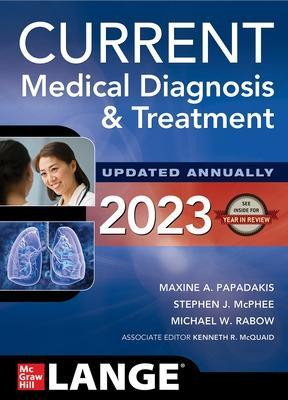
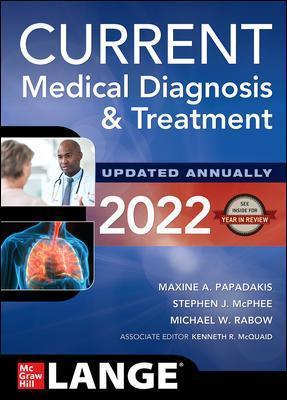
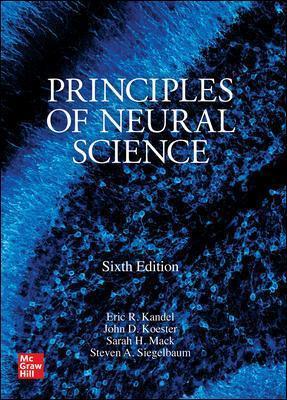





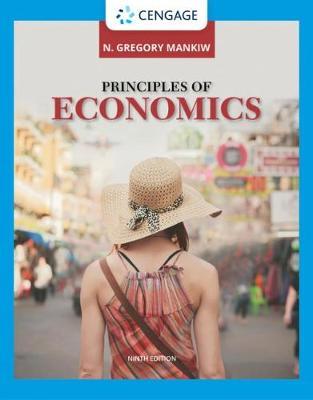


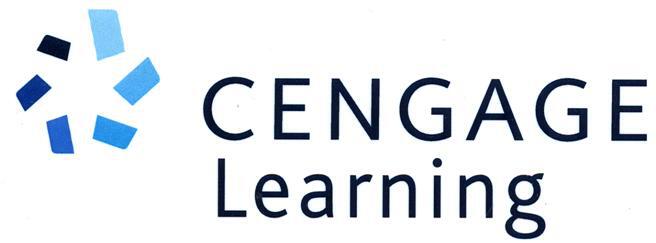



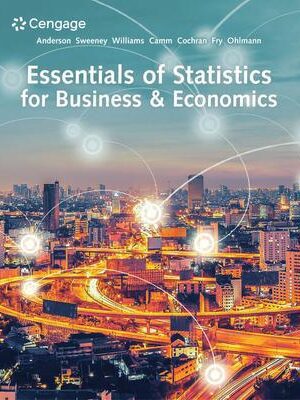

 Dentistry
Dentistry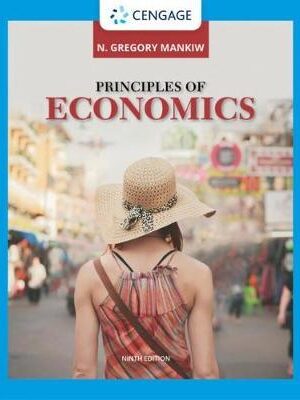
Reviews
There are no reviews yet.